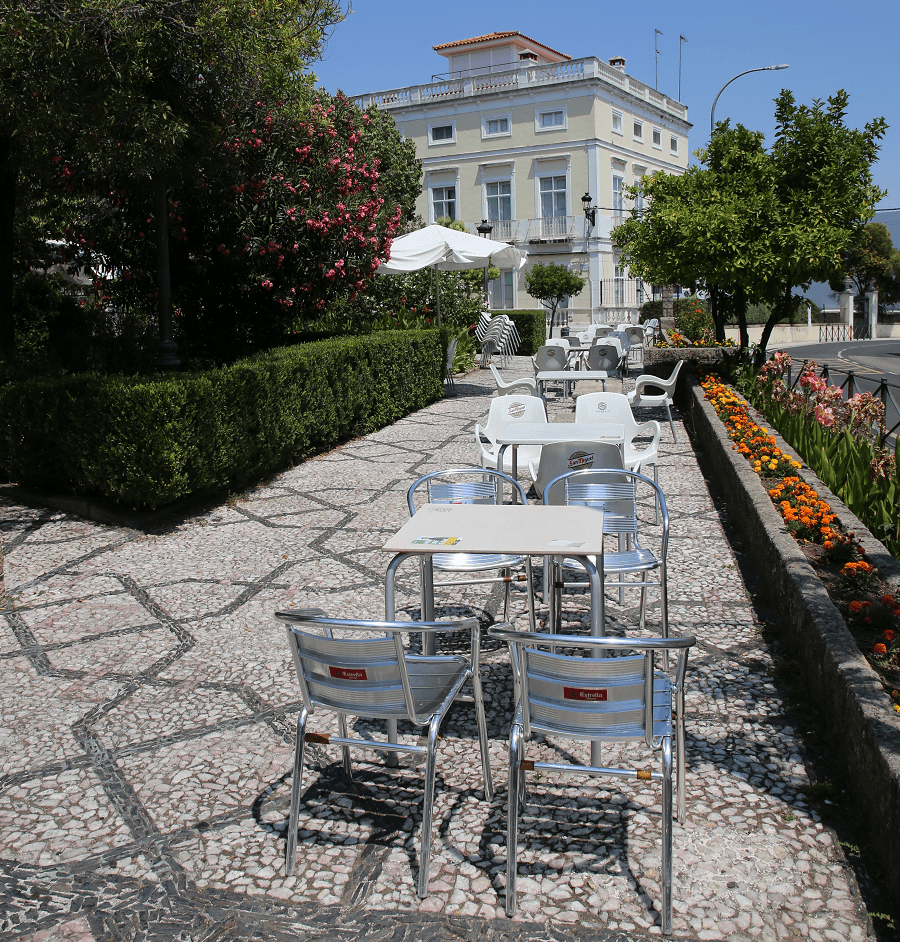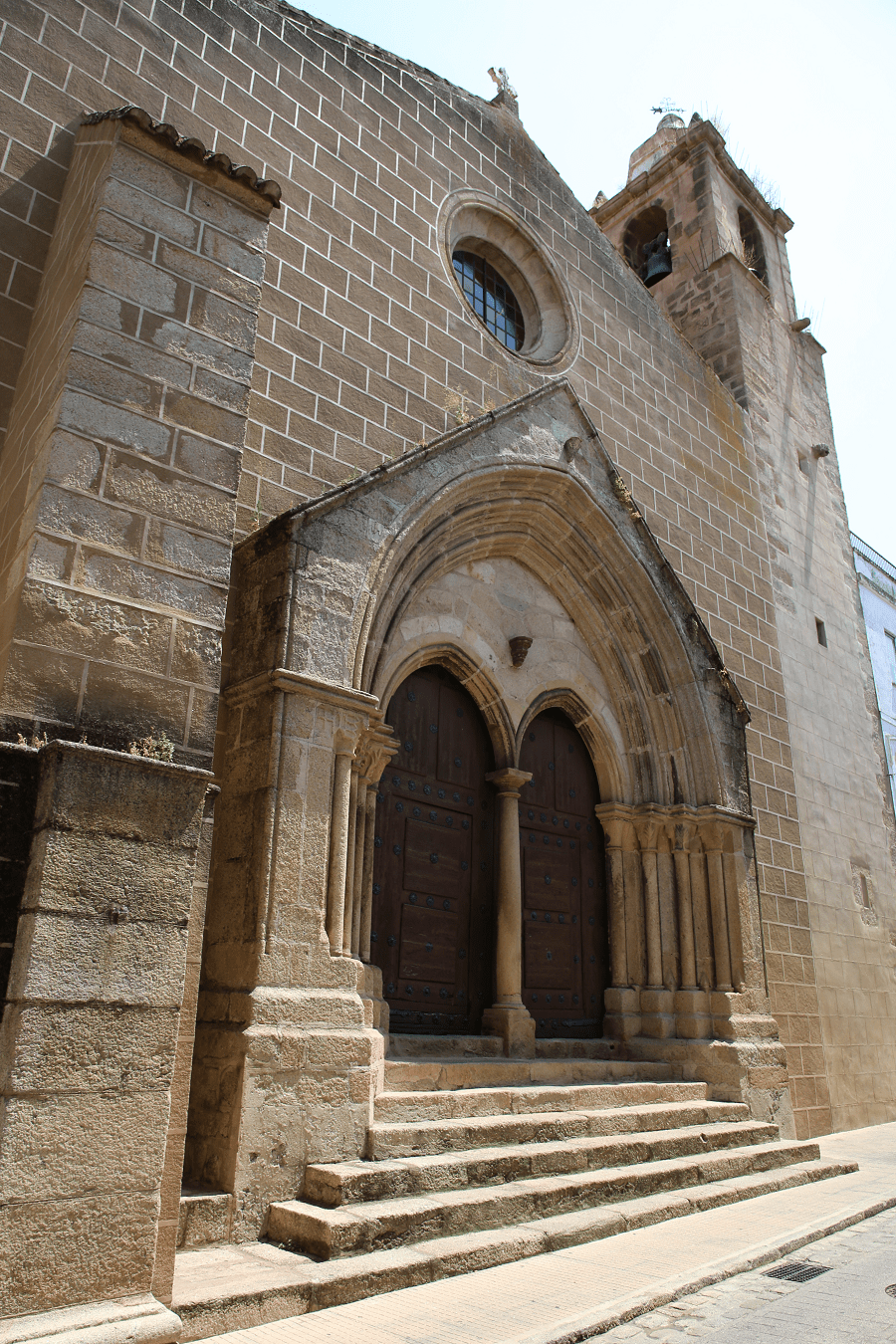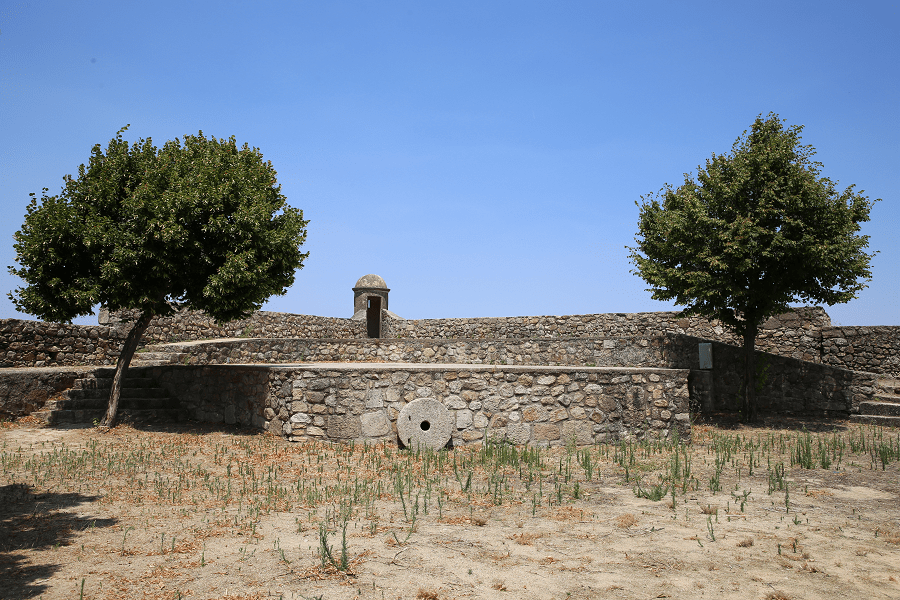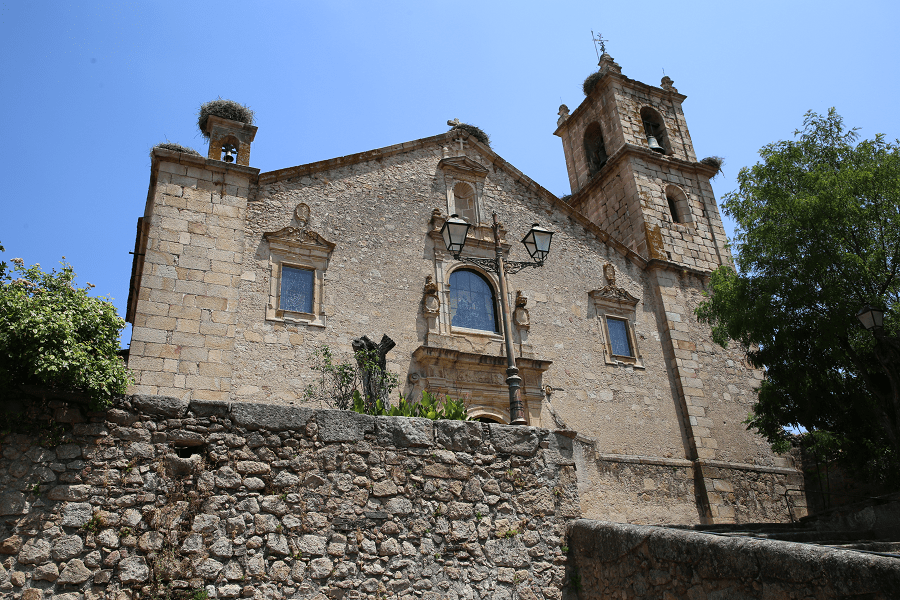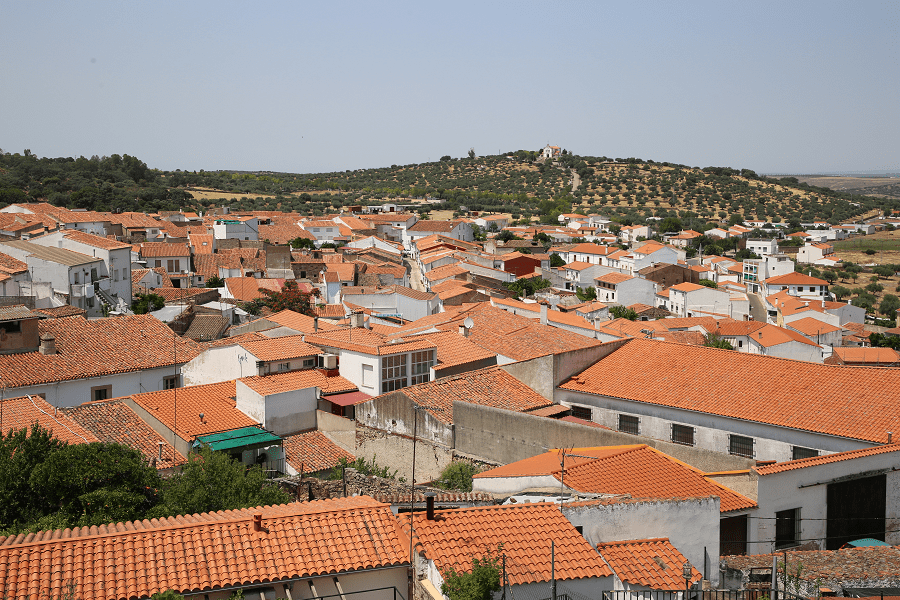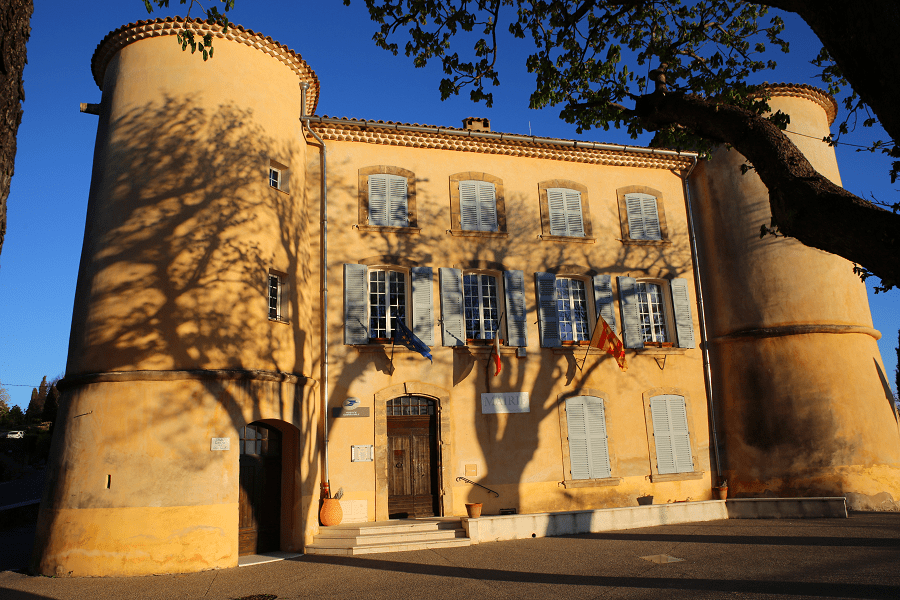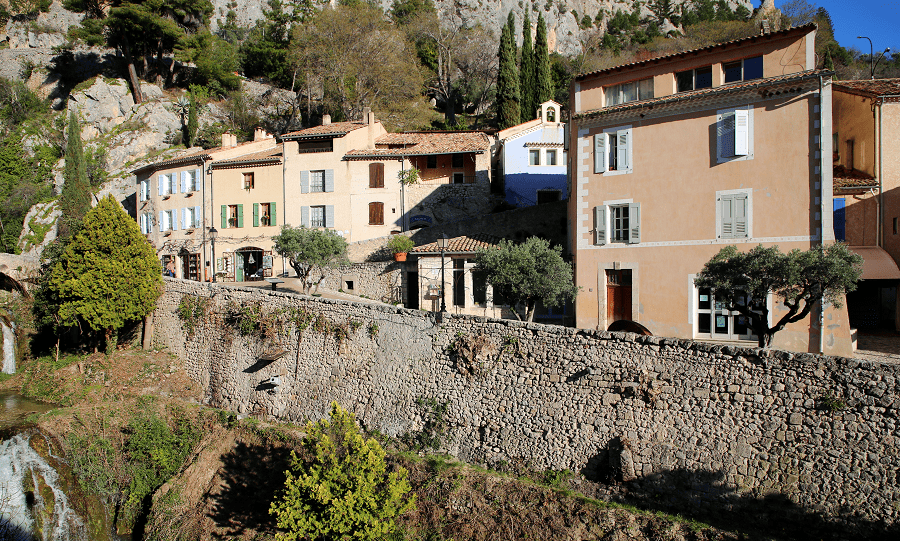Valencia de Alcántara is a municipality in the province of Cáceres, in the autonomous community of Extremadura (Spain). It includes the town of the same name and several districts such as Alcorneo, El Pino or Las Huertas de Cansa. It is also the capital of the judicial district of Valencia de Alcántara and of the Sierra de San Pedro Association.
The town, which has the title of “Very noble, ancient and loyal city”, borders Portugal and the province of Badajoz. Its proximity to the Portuguese border gave Valencia de Alcántara great historical importance in the Modern Age.
Between 1644 and 1668 Valencia de Alcántara belonged to the Kingdom of Portugal, and between the 17th and 18th centuries the most important monuments of the town were built, although the municipality is best known for its prehistoric dolmens.
Tourism and main attractions
The Jewish-Gothic quarter has been declared a historical site where there is the Valencia de Alcántara synagogue (XIV-XV century), currently renovated and similar to the Tomar synagogue (Portugal); hundreds of pointed portals; and numerous palaces and mansions that display coats of arms of great detail and richness on their facades.
The castle of Valencia de Alcántara is a Spanish defensive building whose origins date back to the middle of the 13th century, specifically to 1220, the year in which the castle was taken by García Sánchez, master of the Order of Alcántara.
Dolmens: the most important focus of megalithism in Europe is located in its municipal area. This funerary structure is made up of 41 dolmens and was declared a Site of Cultural Interest with the category of Archaeological Zone in 1992. The dolmens are divided into three main groups. Most of them have been destroyed throughout history to make use of their stones in various constructions, although a large number have been preserved in very good condition.
Religious monuments:
Church of Our Lady of Rocamador (16th century). Declared a Historic-Artistic Monument of National Interest. Inside there is an interesting baroque altarpiece by José de Churriguera and a work by Luis de Morales “El Divino”, La Virgen y los Santos Juanes, of great artistic value. This church is built on a Romanesque one from the 13th century.
Church of the Incarnation (XV century). It consists of three naves in a transept with smooth screw vaults and cupola, plus two towers and a belfry. The altarpiece of the Main Altar stands out in which the image of the Christ of the Incarnation has been venerated since 1624.
Convent of Santa Clara (16th century). Its official name is Monastery of the Nuns of Santa Ana of the Order of Santa Clara. It has an exceptional Renaissance façade.
Hermitage of Los Remedios (16th century). Around the year 1682 there are signs of a small chapel, as shown by the inscription located on the western door. Next to this chapel, there were Valbón, La Purificación and La Concepción (the latter now disappeared) forming part of a set of hermitages that surrounded the old town, having religious and defensive functions against the attacks of the Kingdom of Portugal.
Hermitage of the Virgen de la Cabeza.
Hermitage of Valbón.
Roman heritage:
- Roman bridge “Puente de Piedra”
- Pontarrón de los Garabíos
- Roman fountain “Monroy”
- Aqueduct that had 17 arches
How to get to?
From Merida 1 hr 29 min (118 km) via EX-214 and EX-110
From Cáceres 1 hr 17 min (92.6 km) via N-521
From Badajoz 1 hr 7 min (81.8 km) via EX-110
From Madrid 4 hr 1 min (397 km) via A-5
Main information
Area: 594 sq. km (municipality)
Coordinates: 39°24′48″N 7°14′37″W
Population: 5 373
Languages: Spanish
Currency: Euro
Visa: Schengen
Time: Central European UTC +1




